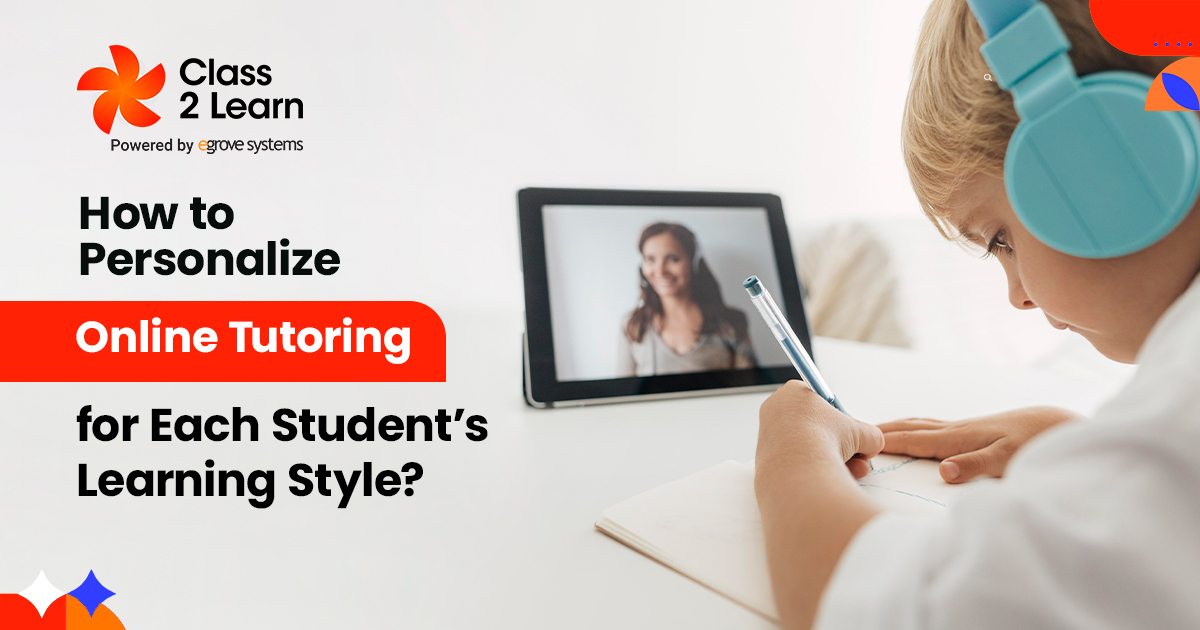Educators are moving into distance learning at a rapid pace, but they’re finding that not all subjects and lessons translate into the virtual as easily. Some classes can be taught through slideshows and lectures, while others require in-person interaction, hands-on learning, group projects, and other activities that are challenging to set up electronically. Here are some examples of how to make better approaches to teaching challenging subject matter virtually..
Use video extensively
It may be difficult to lecture on certain subjects without a physical presence, whether you would have relied on a whiteboard, handouts, or a science experiment. If you can find the right video, you can convey information that might be hard to teach over virtual lectures on their own. . Education Software offers thousands of teaching videos, and YouTube instructional videos can fill the needs of many lessons. You can use tools like Edpuzzle to edit videos into your lessons seamlessly.
What kinds of films are most beneficial? Consider how you would teach the subject in person and consider how a video may be an alternative. Choose a video that already addresses the topic visually if you would typically need to write down fresh material on a whiteboard. If you’re doing experimental research or another hands-on activity in class, find or make a video of the experiment being conducted in the proper sequence.
Come up with hands-on assignments that can be done at home
Not all tasks must be carried out on a screen. Simple crafts, writing assignments, art projects, and other articles can be allocated to be completed at home away from the computer, as long as they can be efficiently presented to the instructor. Apart from instructing this subject, it’s also a fantastic opportunity to give a change of pace for students instead of spending the entire teaching hour on their computer.
Write lesson plans and slideshows with the student’s perspective
Educators who are teaching virtually might try to reuse their existing lesson plans, but this can lead to sections that would normally be explained in person that doesn’t get carried along to virtual learning.
Review lesson plans and think about how they look to students, and whether further explanation or visual aids could help them be more understandable.
Slide presentations may already make up a significant portion of your lessons, but recycling the same slides might create problems if you created the slides in the first place. You should ensure they communicate information.
Implement microlearning
Even with visual slides and video, it may be hard for students to understand more complex topics, and when you are virtually teaching it’s not always possible to see when they are struggling. Break topics down into smaller parts with microlearning, supplying them with smaller pieces of content that can be digested more easily before you move on. If students are having trouble absorbing the lesson without physical examples, smaller challenges may be more approachable.
Mobile-friendly approaches
Since students are likely to have access to mobile devices, mobile-based approaches can help them pick up instructions faster and give them a second screen if they are normally working off laptops. Introduce mobile-based activities to engage with them and take advantage of mobile flexibility, such as touchscreen-based quizzes and interactive activities and tasks they will understand better on mobile.
While math and language learning may be straightforward to teach online, other subjects may have these issues more frequently. It’s recommended that teachers plan to improve instructional design and anticipate how their lessons will be received so they can convey complex information.





Add comment